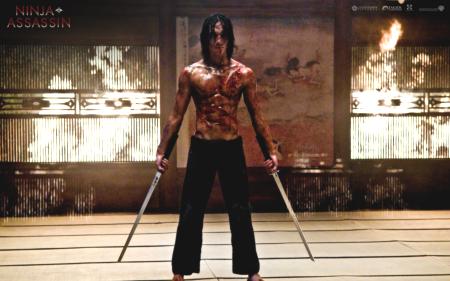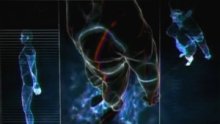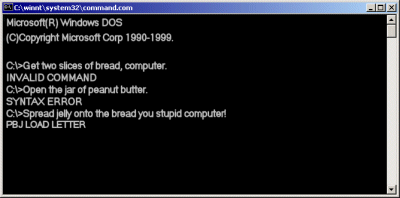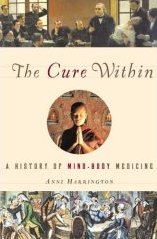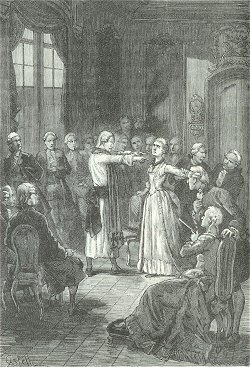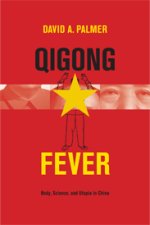For your consideration, guest author Liam Boyle submits this modest proposal for the reinstatement of the duel.
“Sir, I Demand Satisfaction!”
Turning on any television show based on small claims court a person is bound to hear some variant of that title, many times in a much less polite form. Sitting in a small claims court, or any civil court for that matter, a person is bound to hear some variant of that title phrase. Yet, in many representations of historical duels, those words are commonly found. Conflict seems to underscore our society and the phrase, “I’ll see you in court,” has almost seemed to reach the status of a common greeting. This could give someone cause to wonder that wouldn’t it be simpler and possibly more effective to just have the disputing parties put on gloves and go the proverbial twelve rounds rather than tie up the court with expensive and needless litigation. This lead this writer to the posting of the question, Should dueling (non-firearm) be legalized to replace some civil lawsuits?
